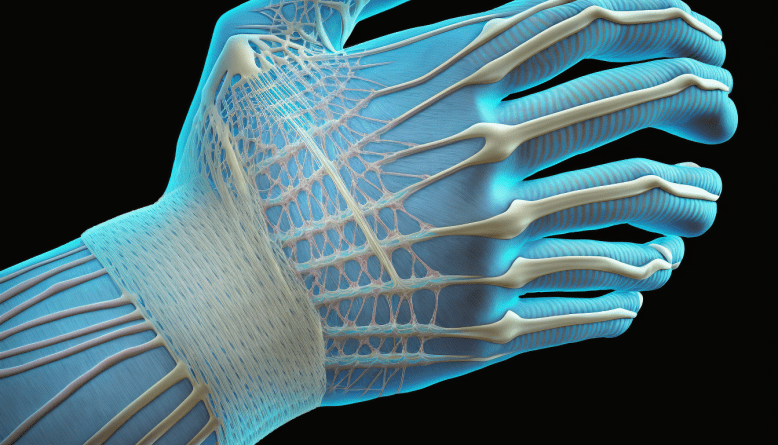Carpal tunnel syndrome (CTS) is a common condition that affects millions of people worldwide. It occurs when the median nerve, which runs from the forearm into the hand, becomes compressed or pinched in the wrist. This can lead to a range of symptoms, including tingling, numbness, pain, and weakness in the hands and fingers. In this article, we’ll focus on the three main symptoms to look out for in recognizing carpal tunnel syndrome.
-
Tingling and Numbness
One of the most common early symptoms of carpal tunnel syndrome is tingling and numbness in the hands and fingers. This is usually felt in the thumb, index, middle, and ring fingers. The tingling sensation may start in the wrist and spread up the arm. It can also feel like an electric shock or pins and needles sensation. You may also notice that the tingling and numbness are more pronounced at night.
-
Weakness
Another key symptom of carpal tunnel syndrome is weakness in the hands and fingers. This can make it difficult to perform fine motor tasks such as typing or playing an instrument. You may find that you have trouble gripping objects or picking up small items. This weakness can also lead to a loss of coordination, making it hard to perform precise movements.
-
Pain
Pain is a common symptom of carpal tunnel syndrome, although it may not always be present. The pain is typically felt in the wrist, forearm, and hand, and may be worse at night. The pain can be a dull ache, or it may be sharp and shooting. The pain may also radiate up the arm towards the shoulder.
Recognizing the early symptoms of carpal tunnel syndrome is crucial for prompt diagnosis and treatment. If you’re experiencing tingling and numbness in your hands and fingers, weakness, or pain in your wrist and hand, it’s important to speak with your doctor. With proper treatment, such as rest, exercises, and wrist splints, most people with carpal tunnel syndrome can find relief from their symptoms. In severe cases, surgery may be necessary to alleviate the compression on the median nerve. By recognizing the three main symptoms of carpal tunnel syndrome, you can take steps to manage and prevent its onset.





